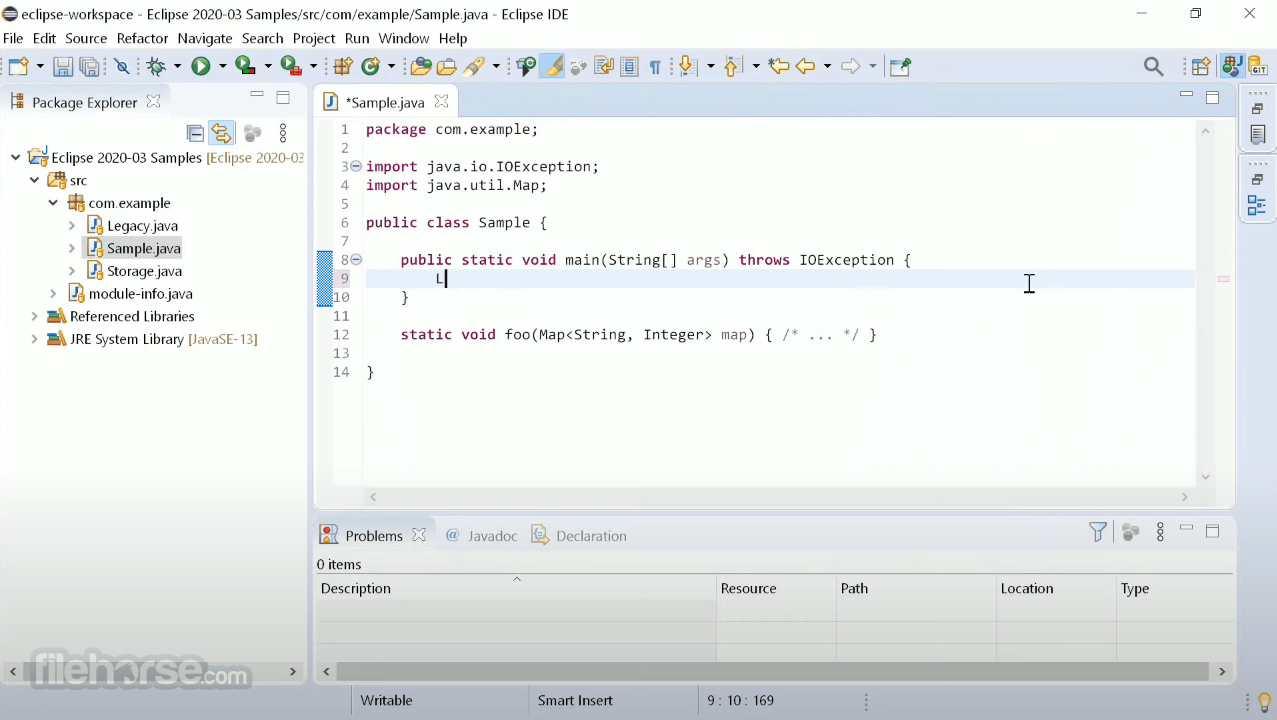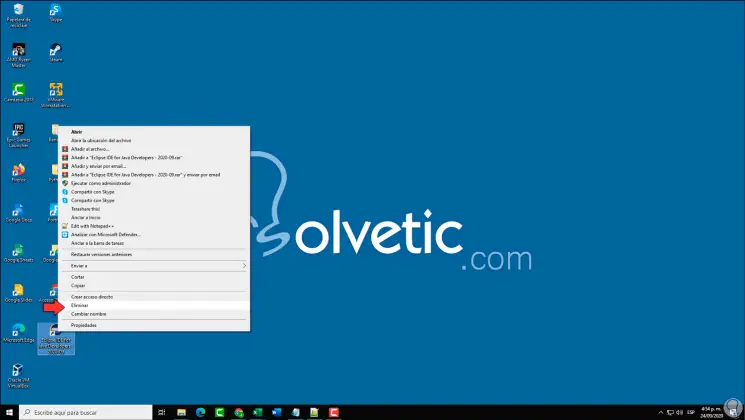
The full name of the GCC executable will be prefixed by the target triplet. The installation can be tested by opening a windows command prompt, changing the directory to the bin subdirectory of GCC installation directory and running the gcc executable. This example will use “C:/eclipse_gcc/gcc”. As usual the full directory path should be short with no spaces. To install the toolchain it should simply be extracted to a suitable directory. On Windows, if given a choice a simple ZIP or tarball archive is easier than an executable installer, this guide will use the former as an example.

However the procedure should be very similar to other embedded GCC toolchains. This guide will use as an example the GNU Embedded Toolchain for Cortex-R and M distributed by ARM. The installation can be started by executing the executable installation file, in this example msys2-x86_64-20180531.exe, the following screen should appear:Įclipse can be closed at this point as there are more packages to install before setting up the Eclipse IDE. If compatible with the host system, the 64-bit version of MSYS2 is recommended, which is labelled x86_64. This guide will use MSYS2 since it offers superior build performance and good compatibility with native Windows paths. There are multiple options include the well-known Cygwin. On Windows a basic UNIX environment is required to run the toolchain and more importantly supply the GNU Make utility. Installation instructions for newer versions, if available, should be similar.

The versions cited above are those that were used when writing this guide. This step-by-step section will go through the installation and configuration of the following components in order: This guide will attempt to make abstraction of the specific target as long as a GCC is used the instructions should be similar. Future articles will deal with project creation and debugging. Starting with the toolchain and Eclipse installation and configuration Windows to get a fully working C/C++ embedded software development environment. This new series of guides will look into just that.

From time to time and for various reasons, it can be desirable to integrate a GCC toolchain into a vanilla installation of Eclipse. In addition, most MCU manufacturers offer a complimentary development environment for their products. Nowadays there is a multitude of free and commercial IDEs and Toolchain for embedded development. This guide is targeted at Windows users, similar instructions for Linux can be found here. A PDF version of this guide, including project setup and debugging is available in the Documentation section.


 0 kommentar(er)
0 kommentar(er)
